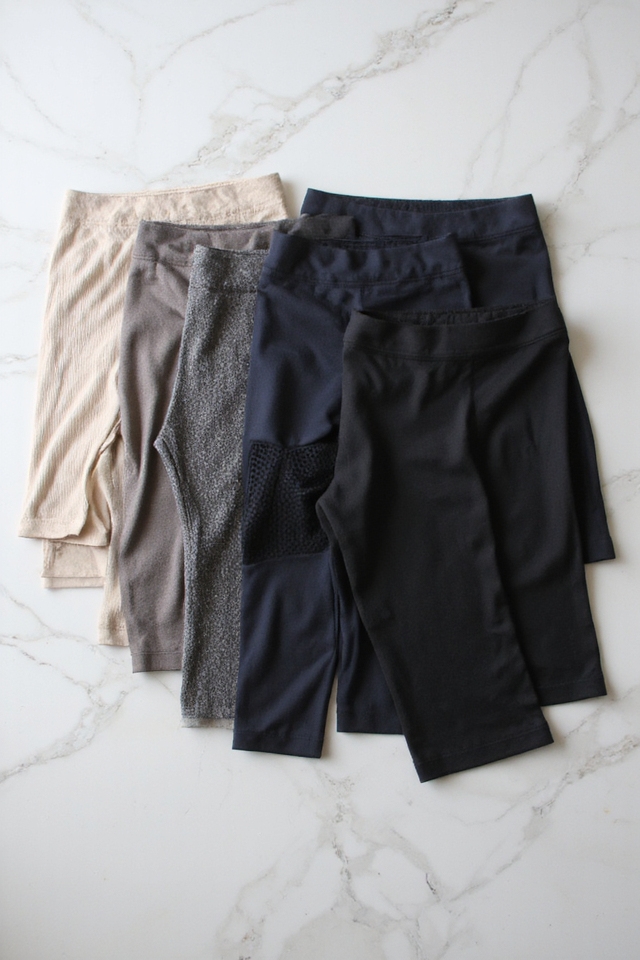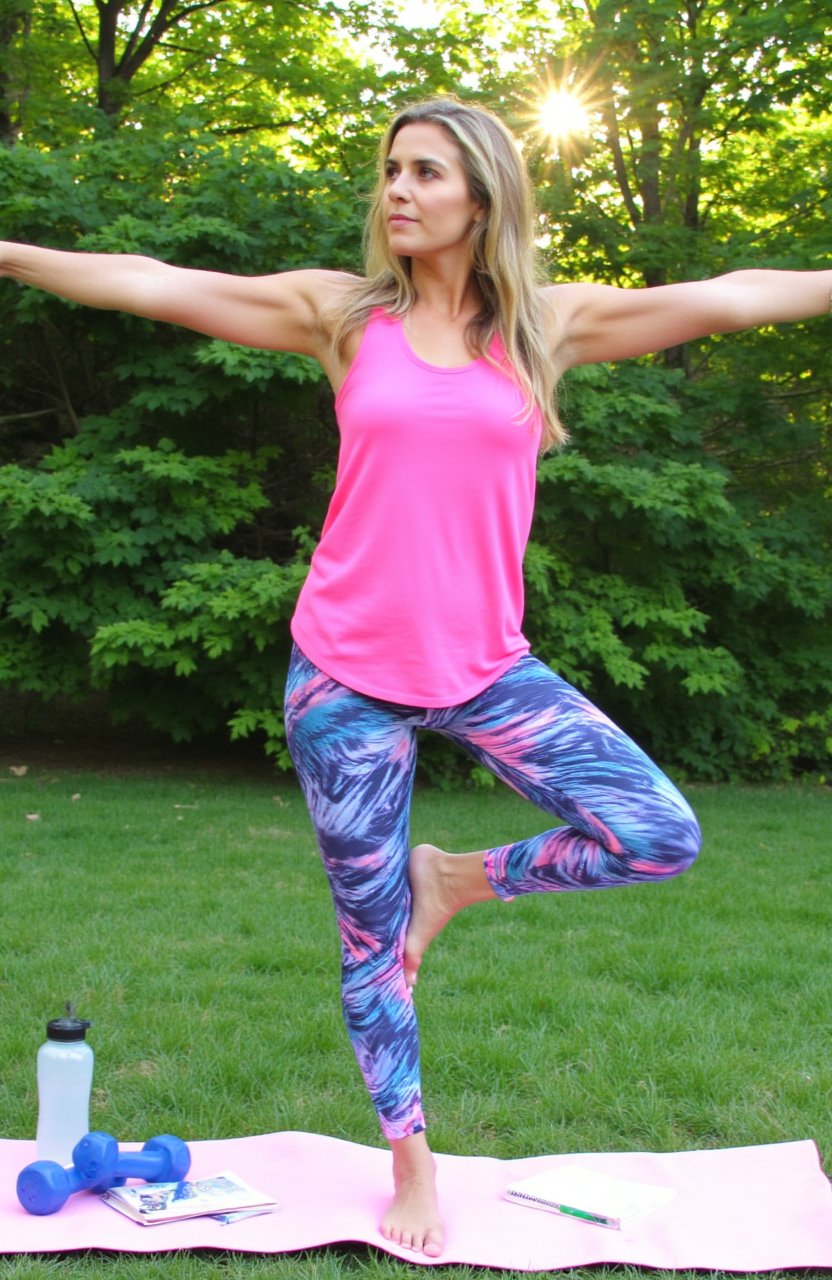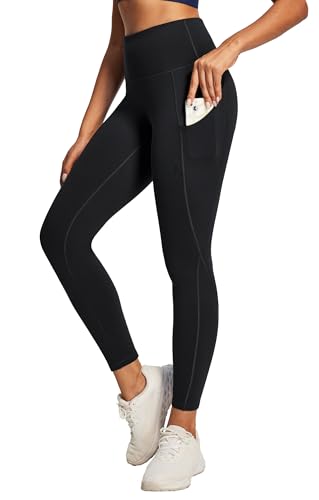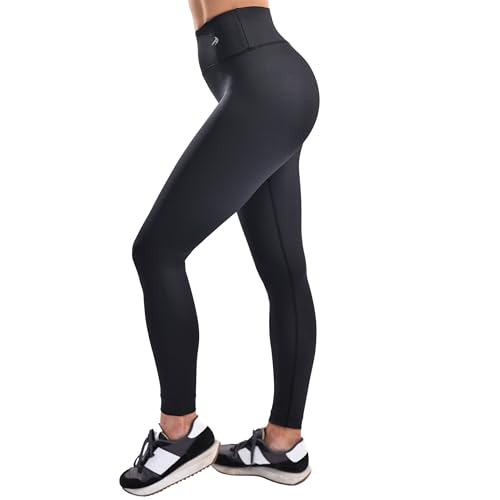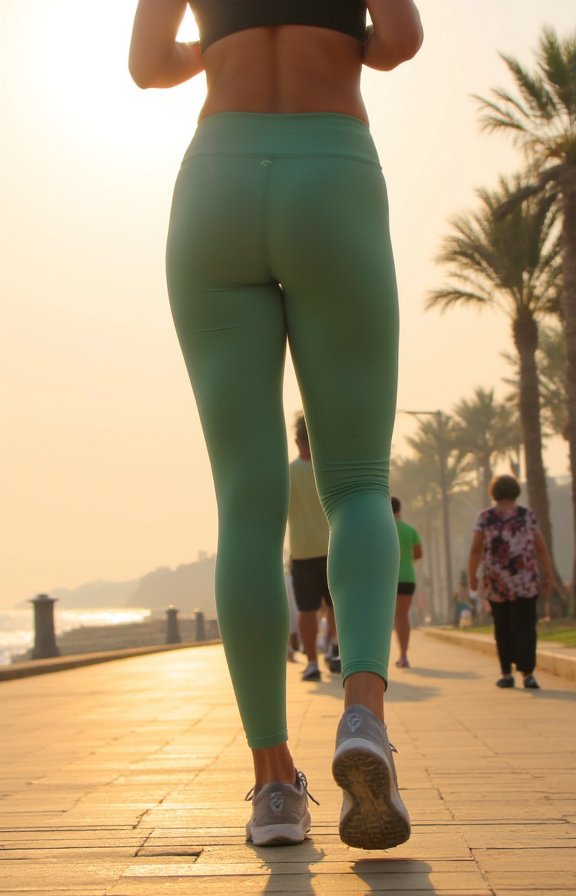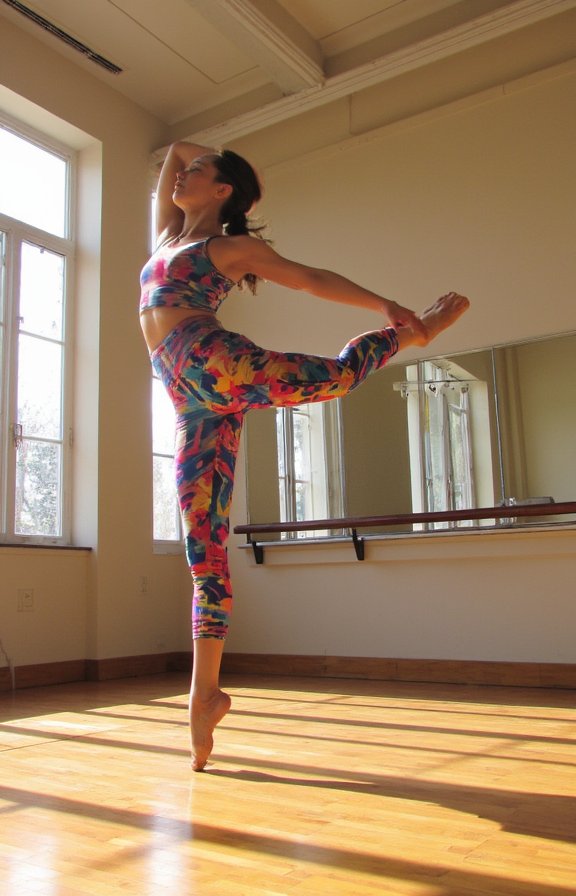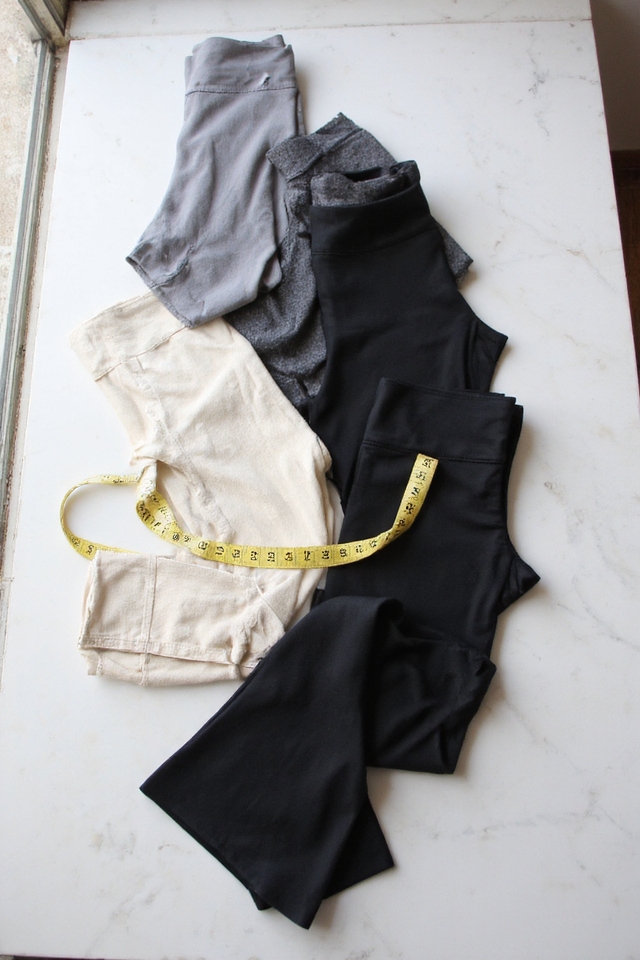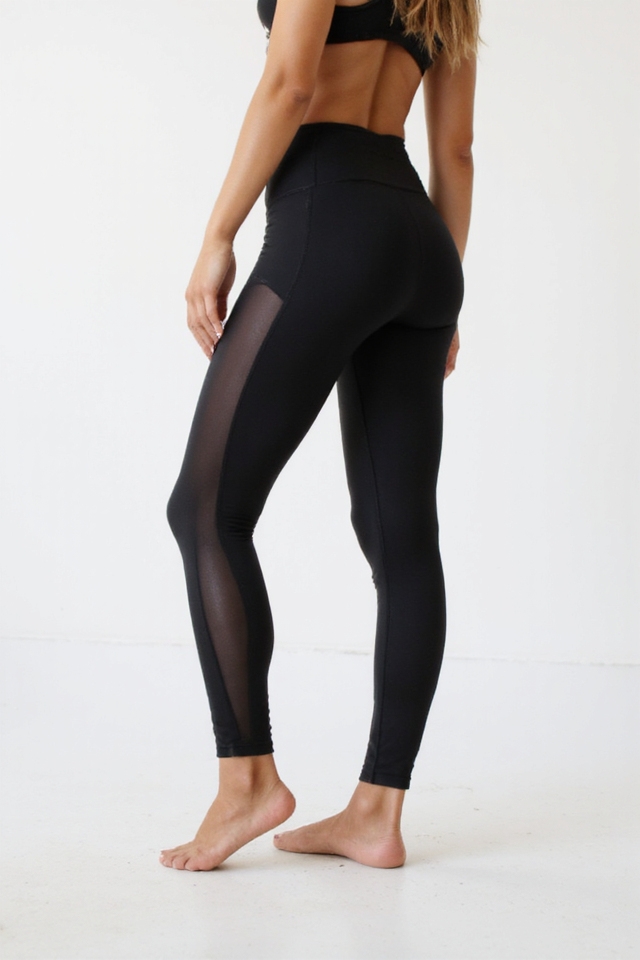You’ll find seven game-changing compression leggings that boost circulation while keeping you stylish. Graduated styles fight gravity with tighter ankle compression, athletic versions enhance workout performance, and post-surgical options speed healing with medical-grade pressure. Maternity leggings ease pregnancy swelling, recovery pairs flush out lactic acid, supportive designs manage varicose veins, and therapeutic options address specific medical needs. Each type delivers targeted pressure zones that improve blood flow—discover which style matches your lifestyle below.
Graduated Compression Leggings for Enhanced Blood Flow
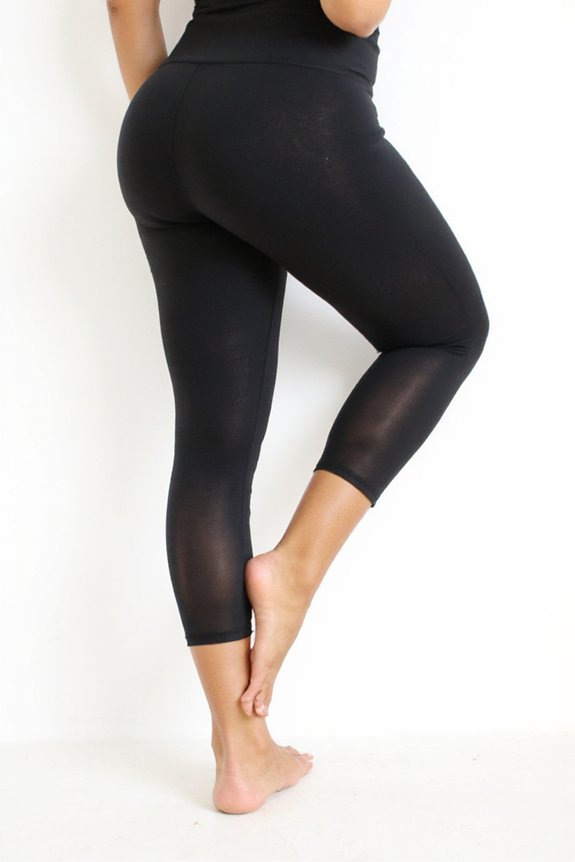
When you’re looking for leggings that actually work harder than your average pair, graduated compression leggings deliver serious benefits for your circulation.
They’re engineered with tighter compression at the ankles that gradually decreases up your legs. This smart design pushes blood upward, fighting gravity and preventing pooling in your lower extremities.
You’ll notice reduced swelling, less fatigue, and better overall circulation throughout your day.
Athletic Compression Leggings for Active Performance

Whether you’re crushing a morning run or powering through an intense gym session, athletic compression leggings take your performance to the next level.
They’ll support your muscles with targeted pressure zones, reduce fatigue, and boost circulation during movement.
Look for moisture-wicking fabrics, strategic seaming, and medium compression ratings.
You’ll recover faster, train harder, and feel the difference in every stride.
Post-Surgical Compression Leggings for Healing Support
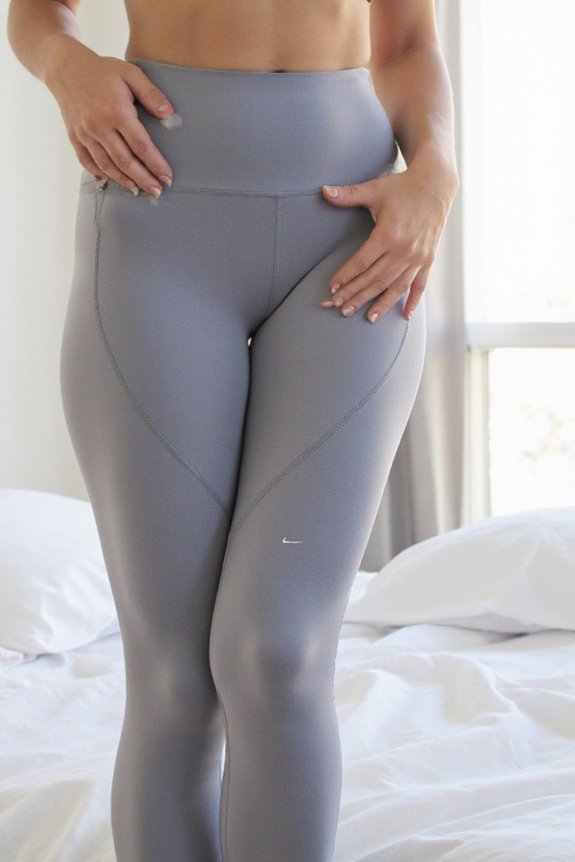
Athletic compression isn’t just for the gym—sometimes your body needs that same supportive embrace during recovery.
Post-surgical compression leggings deliver graduated pressure that’ll reduce swelling, minimize bruising, and speed healing.
You’ll want medical-grade pieces with 20-30 mmHg compression, antimicrobial fabrics, and easy-access zippers.
Look for seamless construction around incision areas, moisture-wicking properties, and silicone grip bands that won’t irritate sensitive skin.
Maternity Compression Leggings for Pregnancy Comfort
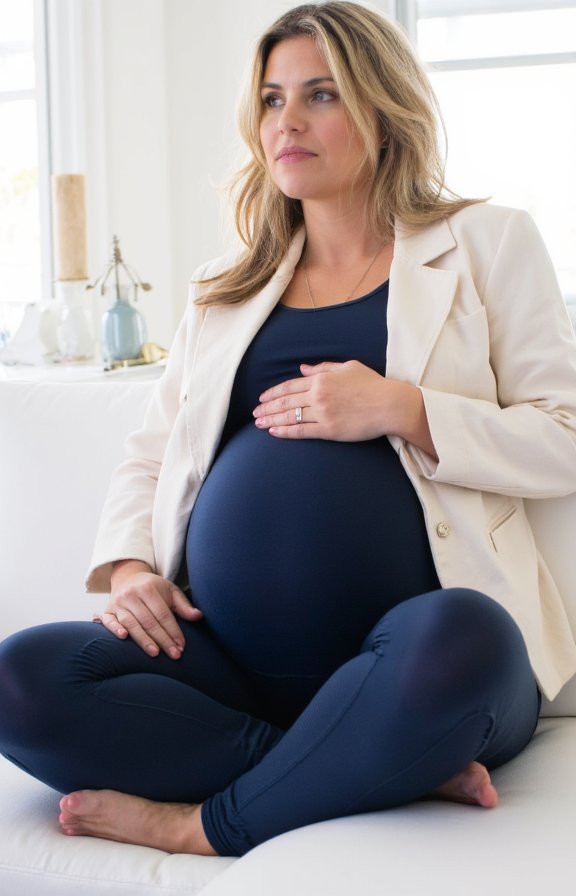
Growing a tiny human doesn’t mean you’ve gotta sacrifice style or circulation health—maternity compression leggings are your secret weapon for tackling swollen ankles, varicose veins, and that heavy-leg feeling.
You’ll want graduated compression that’s gentler at the belly panel, typically 15-20 mmHg. Look for moisture-wicking fabrics with four-way stretch.
Pair ’em with oversized blazers, flowy tunics, or your partner’s button-downs for effortless maternity chic.
Recovery Compression Leggings for Post-Exercise Relief
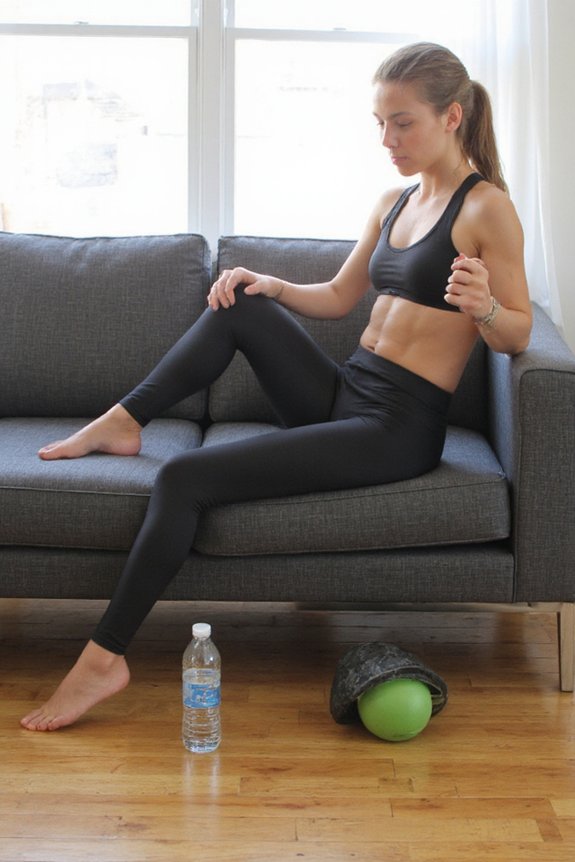
After crushing your workout, you’re probably ready to collapse on the couch—but slipping into recovery compression leggings first can make tomorrow’s session so much better.
These specially designed tights boost blood flow, flush out lactic acid, and reduce muscle soreness. Look for graduated compression that’s tighter at the ankles and loosens toward the hips.
You’ll feel the difference within hours, trust me.
Supportive Compression Leggings for Varicose Vein Management
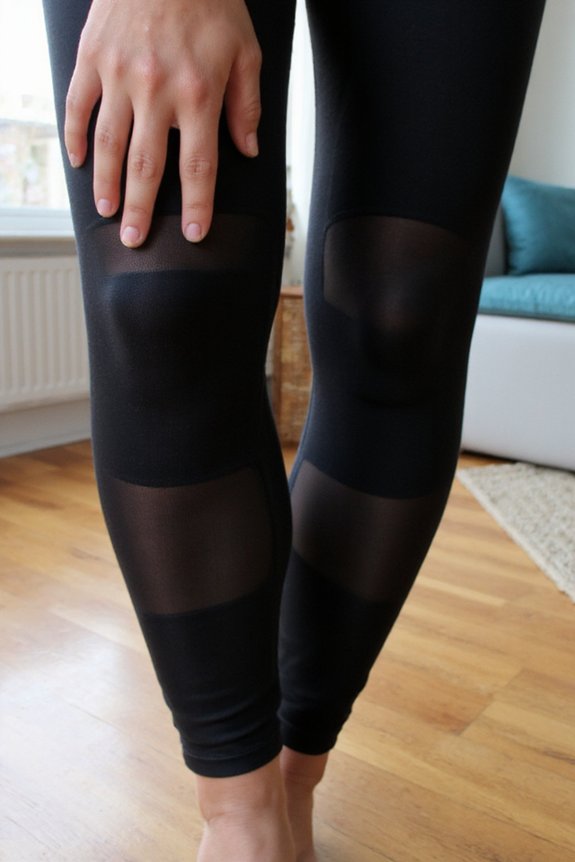
While spider veins and varicose veins might seem like purely medical concerns, the right compression leggings can work wonders for managing symptoms and boosting your confidence.
You’ll want graduated compression that’s tighter at the ankles, gently decreasing up your legs.
Look for medical-grade options with 15-20 mmHg pressure. They’ll reduce swelling, ease that heavy feeling, and keep you moving comfortably all day.
Therapeutic Compression Leggings for Medical Conditions
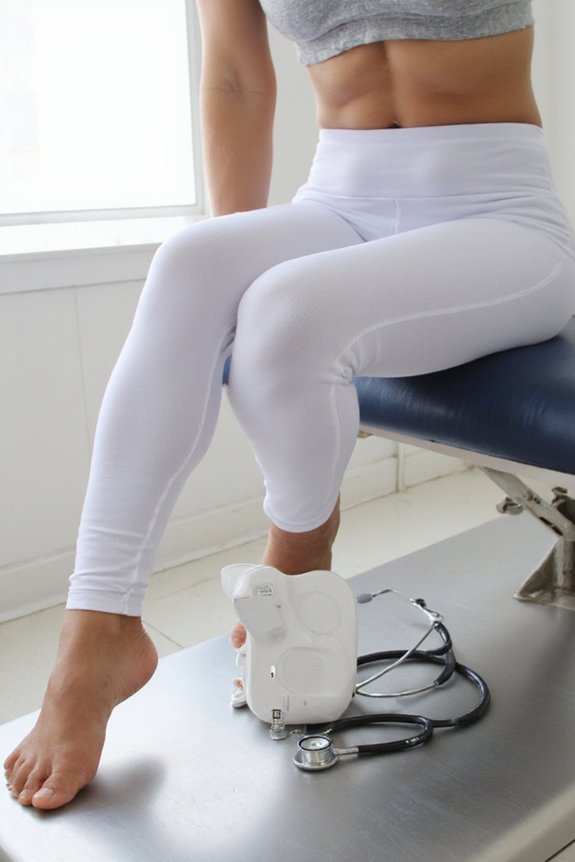
Beyond everyday circulation support, certain medical conditions require the therapeutic power of specialized compression leggings.
You’ll need medical-grade compression for managing lymphedema, deep vein thrombosis, or post-surgical recovery.
These prescriptive pieces deliver graduated pressure zones, typically 20-40 mmHg, targeting specific problem areas.
Your doctor determines the exact compression level, ensuring you’re getting therapeutic benefits while maintaining comfort throughout extended wear.
Frequently Asked Questions
How Do I Measure Myself for the Correct Compression Legging Size?
You’ll need a flexible tape measure to get accurate sizing. Measure your waist at the narrowest point, usually above your belly button.
Then, measure your hips at the widest part of your bottom. For your inseam, measure from your crotch down to where you want the leggings to end.
Most brands have size charts, so compare your measurements carefully. Don’t pull the tape too tight – you want a snug, comfortable fit.
Can I Wear Compression Leggings While Sleeping Overnight?
You shouldn’t wear regular compression leggings overnight.
They’re designed for daytime wear when you’re upright and moving. Sleeping in them can restrict blood flow too much while lying down, causing discomfort or circulation issues.
If you need nighttime compression, look for special sleep-specific compression garments with gentler pressure. They’re made differently than daytime versions.
Always check with your doctor first, especially if you have circulation concerns or medical conditions.
How Long Do Compression Leggings Typically Last Before Needing Replacement?
You’ll typically get six to twelve months from quality compression leggings with regular wear.
If you’re rotating between multiple pairs, they’ll last longer.
Watch for signs it’s time to replace them: stretched-out waistbands, thinning fabric, or when they don’t feel snug anymore.
The compression weakens over time, especially after repeated washing.
Higher-end brands with reinforced seams and medical-grade compression usually outlast budget options by several months.
Are Compression Leggings Safe for People With Diabetes?
You’ll need to check with your doctor before wearing compression leggings if you have diabetes.
While they can help with circulation, diabetic neuropathy or skin conditions require extra caution.
Your physician will assess if graduated compression works for your specific needs.
Some diabetics benefit from medical-grade compression, but others shouldn’t use them at all.
Don’t self-prescribe – professional guidance guarantees you’re choosing the safest option for your health condition.
What’s the Difference Between Compression Levels (Mmhg Ratings)?
You’ll find compression levels measured in mmHg (millimeters of mercury), ranging from light to extra firm.
Light compression (8-15 mmHg) gives gentle support for everyday wear.
Moderate compression (15-20 mmHg) works perfectly for workouts and mild swelling.
Firm compression (20-30 mmHg) targets varicose veins and serious circulation issues.
Extra firm (30-40 mmHg) requires a doctor’s prescription.
Higher numbers mean tighter compression, so choose based on your specific needs.
